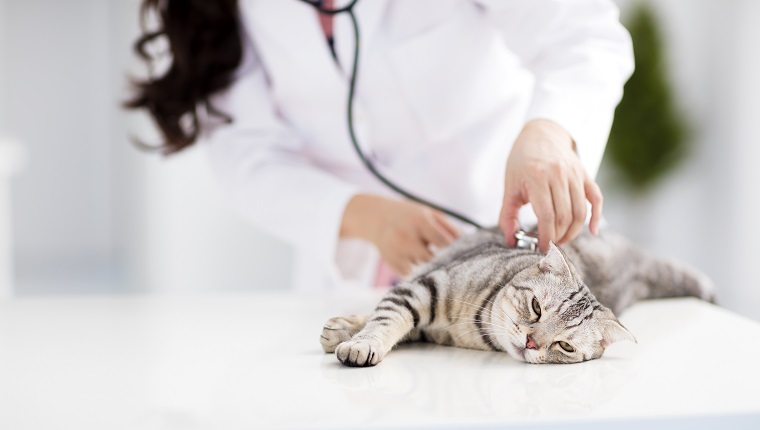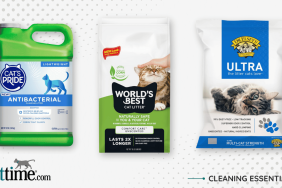Breathing difficulties in cats, often classified as either dyspnea, which involves labored breathing, or tachypnea, which involves rapid breathing, can affect all felines, no matter their age, sex, or breed.
These difficulties can involve a range of symptoms depending on the underlying cause of the condition, but it’s always something that warrants immediate medical care as the issue could become life threatening.
If you see signs that your cat might be having trouble breathing or is breathing irregularly, then you must consult your veterinarian for a proper diagnosis and course of treatment. Here’s what you should know about the symptoms, causes, and treatments of breathing difficulties in cats.
Symptoms Of Breathing Difficulties In Cats
Breathing difficulties in cats can result in a number of symptoms depending on the underlying cause of the problem.
Some of the most common symptoms that involve dyspnea include:
- Breathing with the mouth open
- Breathing very noisily
- Flared nostrils while breathing
Some of the most common symptoms that involve tachypnea include:
- Breathing with the mouth closed
- Very fast breathing
Causes Of Breathing Difficulties In Cats

The precise cause of breathing difficulties in cats will depend on whether the cat is suffering from dyspnea or tachypnea.
In cases of dyspnea, causes might include:
If a feline is suffering from tachypnea, the cause might involve:
- Low levels of red blood cells
- Asthma
- Lower than normal levels of oxygen in the blood
- Tumors
- Fluid present in the lungs
Veterinary Treatments
If you notice that your cat is developing breathing difficulties, then you must speak to a veterinarian straight away. The condition is often considered to be an emergency.
When examining your cat, the vet will ask questions about the feline’s medical history along with any recent incidents that might have prompted the condition.
Additionally, the vet will closely examine the cat’s chest and breathing, along with their gums to see if any changes of color might indicate the root cause of the problem.
Vets commonly use X-rays of the chest, electrocardiograms (ECG), and detailed blood tests to evaluate a cat who is having breathing issues. Vets may also consider an endoscope, which is a small camera, to closely monitor a cat’s airways and nose.
When it comes to treatment, the precise course will depend on the underlying cause of the condition. In a lot of cases, cats may need a period of hospitalization. This will likely involve oxygen support.
As always, if your vet prescribes medicine for your cat, it is vital that you stick to the recommended dosage and frequency instructions and complete the full course of medication.
While your cat recovers at home, your vet might also advise you to limit and reduce the amount of activity your cat receives until they are back to full health.
Has your cat ever developed breathing difficulties? What caused their breathing issues? Tell us all about it in the comments below.









